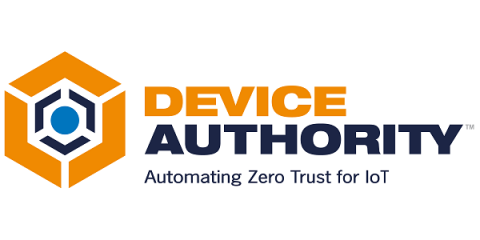Using automated workflows to reach zero trust goals faster
In an ideal approach to zero trust, in which every user and device must continually prove their identity, automation is more than a useful tool, it’s essential to your federal agency’s success. You don’t need to take our word for it - security automation and orchestration is mandated by M-22-09 and M-21-31, and forms an integral part of the framework in CISA’s ZTMM (zero trust maturity model).











